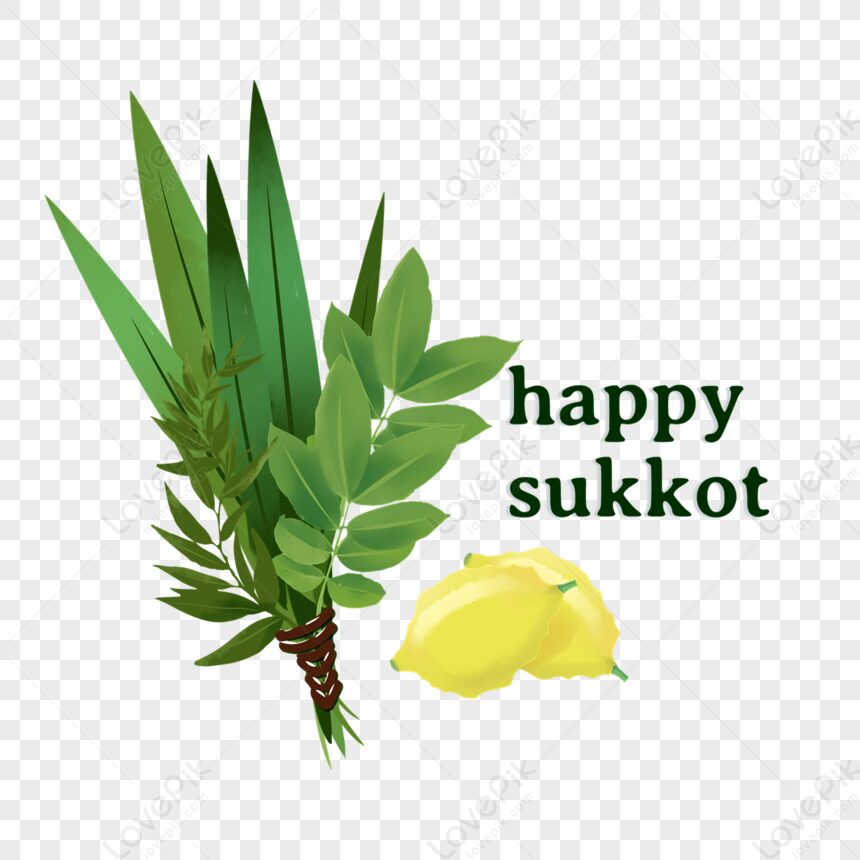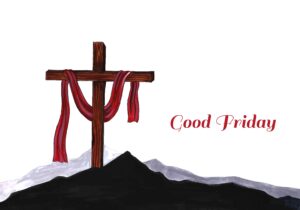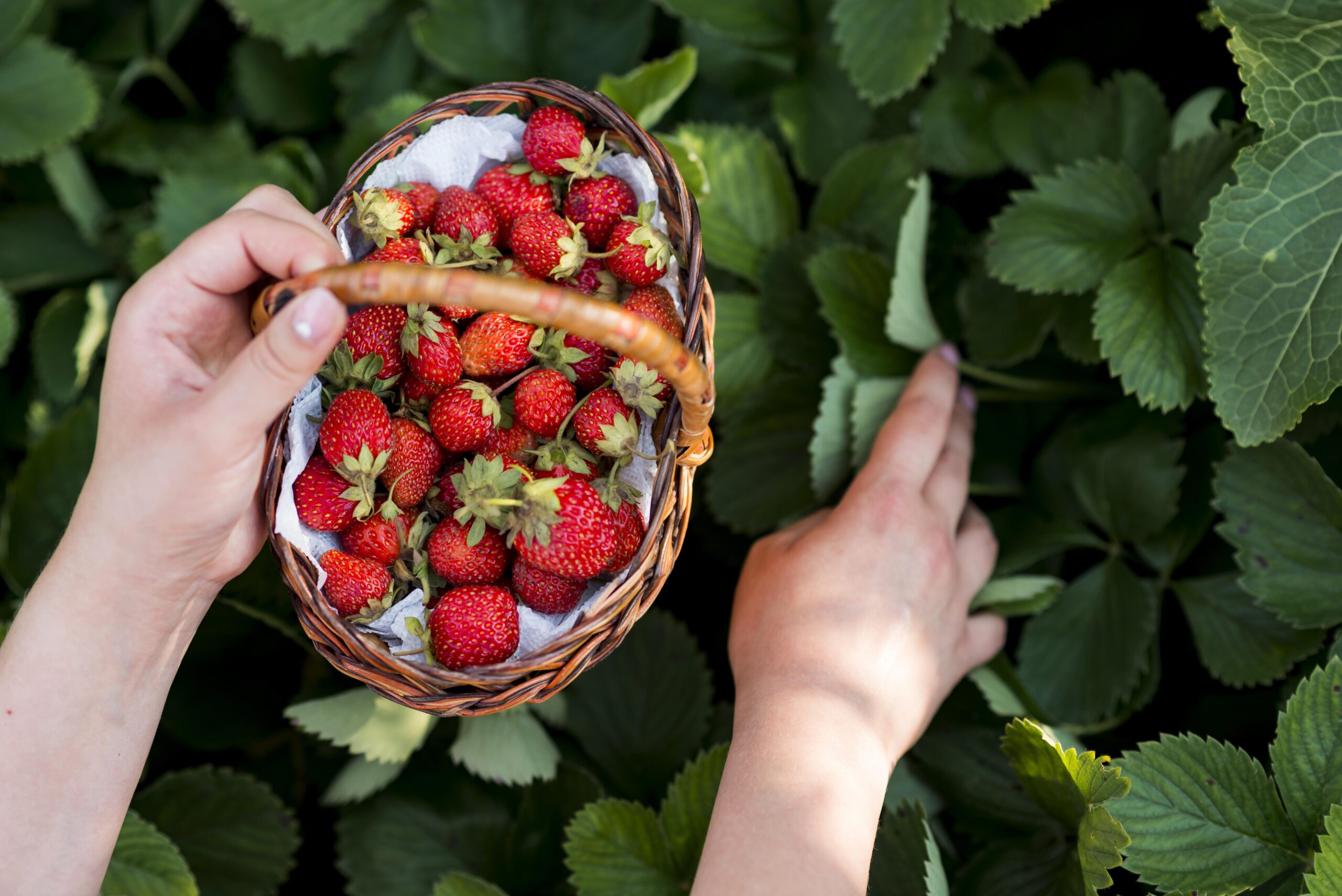The first day of Sukkot takes place on the 15th day of the Jewish month of Tishrei. This ranges from September to October. Sukkot is a seven day period for reminiscence on the Israelites 40 year period of wandering in the desert following the exodus from Egypt. It is one of three festivals mandated by the Torah to include a pilgrimage to Jerusalem, a practice that stopped after the destruction of the temple but is still observed by some Jews. It begins the period of the Feast of Tabernacles.
The first day of Sukkot is a day of rest, though some will make a pilgrimage to Jerusalem. Some celebrate by making a sukkah, a temporary structure that resembles the huts that the Israelites lived in during their exile. This serves to remind observers about the Israelite’s living conditions. The Israelites faced exile over their lack of faith in God when some had misgivings about the state of the Promised Land, wishing they had stayed in Egypt. God punished them with this forty year exile, which was supposed to have unpleasant conditions.
Modern observers may spend the whole day in the Sukkot reflecting upon the punishment of the Israelites and the status of their own obedience and atonement. Sukkahs are square shaped structures covered with plants. Meals and sleeping may take place in the structure.
Origin
Sukkot celebrations actually have agricultural roots. In biblical times, it was called “The Feast of Ingathering,” which marked the end of the agricultural year. Moses mandated that the Jews attend a reading of the law every seventh year during Sukkot. King Solomon added the dedication to the Temple in Jerusalem. After the Israelites came out of exile, Leviticus tells of God commanding Moses to have the Israelites to put branches and leaves on the sukkah and to live in the booths for a week in remembrance of both the exile and the exodus.
Customs
Though Sukkot lasts seven days, the first day features a full festival. Celebrators will feast and attend prayer services. Some will keep the sukkah up for the full seven days and eat meals inside after the first day. Many Orthodox Jews sleep there all week.
The sukkah can be made out of anything, commonly canvas, sheets, wood, or aluminum. Some build the structure into an existing structure of their house, such as their porch. The inside of the sukkah may be decorated with the Seven Species, which are the seven fruits mentioned in the Hebrew Bible that grew in the Promised Land: grapes, figs, pomegranates, wheat, barley, olives or olive oil, and dates.
Four types of plants are especially associated with Sukkot, but different groups disagree on which four. Leviticus identities palm trees, magnificent trees, thick trees, and willows of the brook. The Talmud specified the citron tree, date tree, myrtle tree, and willow tree. These are called the four species. These plants make up the lulav, a bouquet of sorts that binds the plant vegetation together.
Several special prayers are performed on this day:
- Hoshanot is recited every day of the week. Observers will walk the synagogue carrying the Four Species. They will recite a passage from Psalms and this special prayer. This takes place in the morning after the Torah reading or later in the morning. The ritual associated with Hoshanot is done in remembrance of the Temple of Jerusalem’s willow ceremony, where worshippers piled will branches by the altar and paraded around them while saying prayers.
- Throughout the holiday, Jews may recite the ushpizin, which tells of seven exalted guests being welcomed into a sukkah, which symbolizes Israel’s seven shepherds. In practice, the guests will take turns entering the sukkah first. The prayer teaches spiritual focus.
- The Mussaf is recited after morning prayers. This is a prayer recited every day.
- The Hallel is a section of Psalms that is recited every Jewish holiday. It contains themes of worship and thankfulness.
- Additional optional prayers
Days after the first of the festival are called Chol HaMoed. These are considered less holy than the first day but holier than regular days. Thus, Jews may perform minimal tasks of work. Ancient celebrations at the Temple of Jerusalem held a gathering of those who had taken a pilgrimage for a reading of the Torah. Jews may hold dances and other gatherings during this period.













































